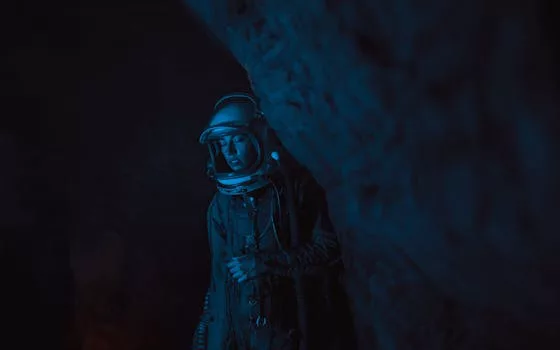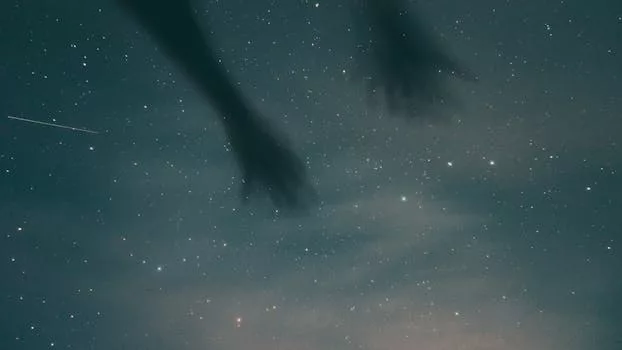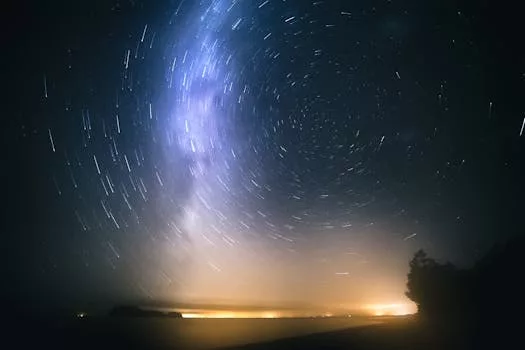
“
From Stardust to Dreams: Imagining Life Beyond the Stars
Introduction to the Cosmos
From Stardust to Dreams: Imagining Life Beyond the Stars is a journey through the vast expanse of the universe, exploring the mysteries of the cosmos and the possibilities of life beyond our planet. The universe is a complex and wondrous place, full of mysteries waiting to be unraveled. From the formation of stars and galaxies to the search for extraterrestrial life, the universe is a never-ending source of fascination and inspiration.
The universe is estimated to be around 13.8 billion years old, and it has been expanding ever since the Big Bang. The universe is made up of billions of galaxies, each containing billions of stars. Our own galaxy, the Milky Way, is just one of these galaxies, and it is home to our solar system and our planet, Earth.
The Formation of Stars and Planets
Stars and planets are formed from giant clouds of gas and dust called nebulae. These nebulae collapse under their own gravity, spinning faster and faster as they collapse. As they spin, they flatten out into disks, with the star forming at the center. The leftover material in the disk can come together to form planets.
Our own solar system is thought to have formed around 4.6 billion years ago, from a giant cloud of gas and dust called the solar nebula. The Sun formed at the center of the solar nebula, and the planets formed from the leftover material in the disk. Earth is the third planet from the Sun, and it is the only known planet in the universe that supports life. For more on the wonders of our galaxy, check out Beyond the Milky Way: Imagining New Worlds and Possibilities.
The Search for Life Beyond Earth
The search for life beyond Earth is an active area of research, with scientists using a variety of methods to search for signs of life on other planets. One of the most promising methods is the search for biosignatures, which are signs of biological activity in the atmospheres of other planets. Scientists are also searching for exoplanets, which are planets that orbit stars other than the Sun.
There are many different types of exoplanets, including hot Jupiters, super-Earths, and mini-Neptunes. Each of these types of exoplanets has its own unique characteristics, and some of them may be capable of supporting life. The search for exoplanets is an ongoing area of research, with new discoveries being made all the time. This ongoing exploration is akin to Charting New Realms: The Journey of Imagination Beyond the Stars.
Conclusion and Takeaways
In conclusion, the universe is a complex and wondrous place, full of mysteries waiting to be unraveled. From the formation of stars and planets to the search for extraterrestrial life, there is still so much to learn about the universe. Some key takeaways from this article include:
- The universe is estimated to be around 13.8 billion years old, and it has been expanding ever since the Big Bang.
- Stars and planets are formed from giant clouds of gas and dust called nebulae.
- The search for life beyond Earth is an active area of research, with scientists using a variety of methods to search for signs of life on other planets.
- There are many different types of exoplanets, including hot Jupiters, super-Earths, and mini-Neptunes.




